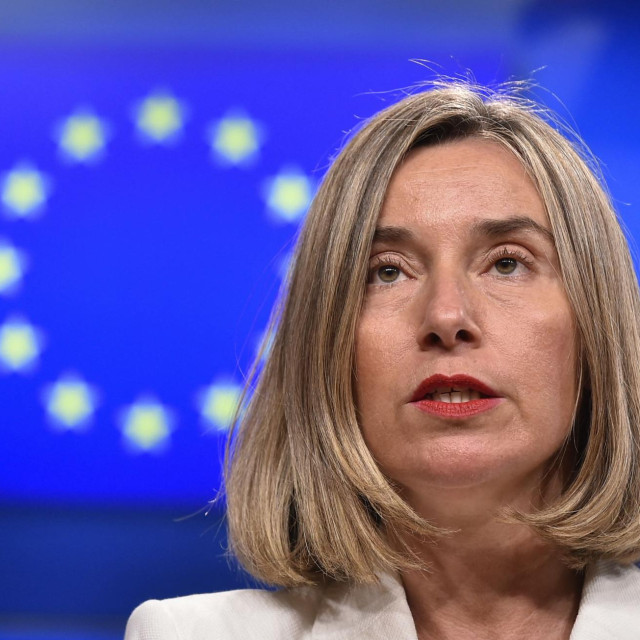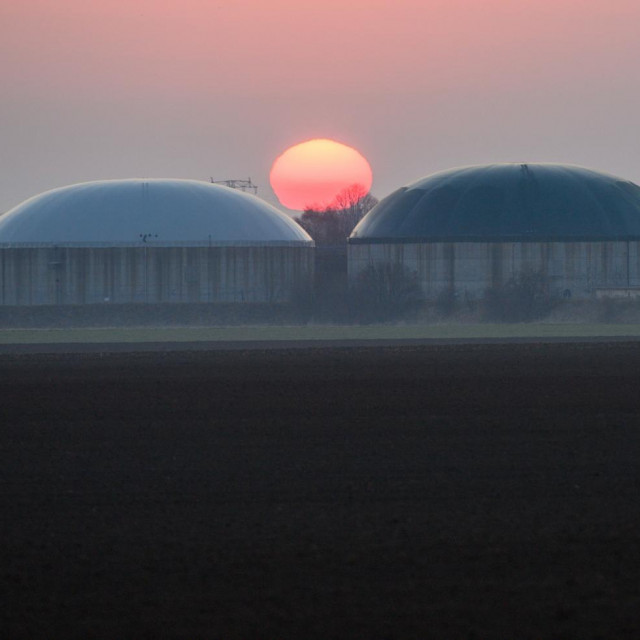
Supporter
The content of this page and articles represents the views of the author only and is his/her sole responsibility. The European Commission does not accept any responsibility for use that may be made of the information it contains.
The European Commission has doubled its objective for home-grown biomethane production to 35 billion cubic metres per year by 2030 as part of efforts to bolster the bloc against a looming energy crisis, according to a new communication.
In light of Russia’s invasion of Ukraine, the ‘REPowerEU’ plan, released on Tuesday (8 March), focuses on ways to make Europe independent from Russian fossil fuels before 2030, starting with gas.
To increase the resilience of the EU’s energy system, the Commission proposes a two-pronged attack, of which it lists higher levels of biomethane, or biogas, as part of one of the key pillars.
The ambition to produce 35 billion cubic metres (bcm) of biomethane per year by 2030 is double that of a previous objective set out by the EU executive in its Fit for 55 communication, which set the figure at 17 bcm.
This would see production increase tenfold across the bloc by 2030.
According to the strategy, member states’ Common Agricultural Policy (CAP) strategic plans (see below for more detail) should be instrumentalised to “channel funding to biomethane produced from sustainable biomass sources”.
This includes in particular agricultural wastes and residues, the communication specifies.
The issue of biogas production is controversial within the agricultural community: while some see this as an opportunity to supplement their incomes, others argue that it takes valuable resources, such as manure and crop residues, away from the farms and soils.
Meanwhile, biogas production suffers from a lack of acceptability in local communities, as well as a lack of funding, meaning that it has so far fallen short of its potential in the EU.
However, for Harmen Dekker, CEO of the European biogas association EBA, the sector is ready to deliver on the ambitious target.
“The biomethane target represents over 20% of the current EU gas imports from Russia. By 2050, this potential can triple, growing well over 100 bcm and covering 30-50% of the future EU gas demand,” he said.
He added that some countries are already active in the development of biomethane production in Europe, while many others are starting to unlock this potential.
Meanwhile, the news was welcomed by Pekka Pesonen, secretary-general of EU farmers’ association COPA-COGECA, who called the production of biogas a “valuable part of the equation”.
Highlighting that, despite a number of high profile statements in support of biogas among top-ranking EU officials, the topic has not merited much attention at the EU level, the EU farmers’ boss said he was “very happy” to see a focus on the alternative source of energy.
“In the best case, if we employ this, we actually have better management of the co-products that we need to [recycle] back into the chain anyway,” Pesonen said, adding that this is a way to valorise products that can in certain cases be seen as an environmental risk, especially for nutrient leakage.
“So we are happy to see that the Commission has taken the initiative now to go forward. I say that it’s about time,” he added.
State aid rules relaxed
Besides biogas, the new communication also plans to increase support possibilities for farmers in the ongoing review of the state aid rules.
Together with its communication, the Commission is launching consultations with member states on a new temporary crisis framework for state aid to allow businesses to mitigate the increase in energy costs related to the Russian invasion.
A similar loosening of the EU’s state aid for farmers was put in place during the pandemic to help the sectors not covered by the support measures set up in the Common Market Organisation regulation, which constitutes the safety-net for farmers in case of market crises, countering, for instance, collapsing prices.
Together, energy and fertilisers account for 20% of farmers’ production costs. This means that the sector has been hit hard by the recent rise in energy prices, most notably via the sharp uptick in the prices of fertilisers, which have soared 142% over the last year.
EU Agriculture Commissioner Janusz Wojciechowski welcomed the relaxation of the rules on state aid in a tweet, explaining that this offers member states “options to offer short-term relief to companies and farmers affected by high energy prices and help reduce their exposure to energy price volatility in the medium to long term.” (Edited by Zoran Radosavljevic)







Za sudjelovanje u komentarima je potrebna prijava, odnosno registracija ako još nemaš korisnički profil....